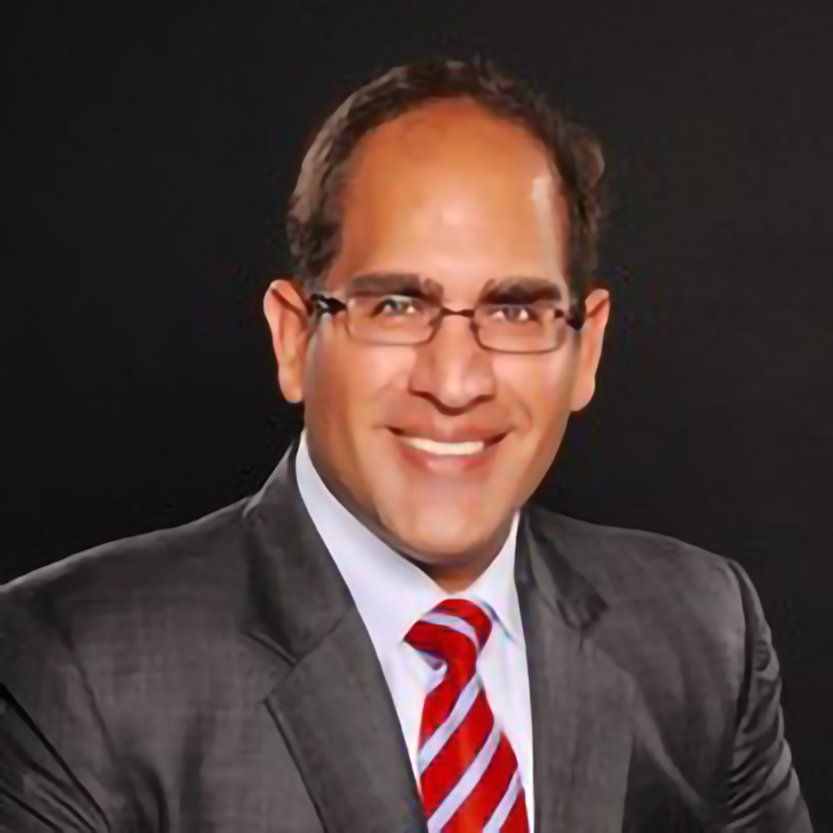
Providing end-of-life care can be complicated and stressful. It’s particularly challenging when providers don’t know what a patient wants. That’s why it’s critical to talk with them about what, if any, medical treatments they want to preserve or extend their life.
Advance care planning conversations improve both care and quality of life for a patient. And incorporating these talks within the value-based care (VBC) model makes it easier for providers to work with a patient’s entire care team to honor their end-of-life wishes.
“Knowing what to do when you’re faced with caring for a patient at the end of life can be difficult. The VBC model plays an important role when you’re maneuvering through this aspect of healthcare,” says April Hodges, RN, BSN, CCM, Innovista Health’s divisional vice president of Texas clinical operations. “VBC connects the primary care physician, any specialists, the hospital and pharmacy, home health, and hospice. It helps you coordinate care based on the patient’s choices.”
The Case for End-of-Life Planning
Healthcare services typically increase as patients approach the end of life. According to the Centers for Medicare & Medicaid Services (CMS), 25% of all Medicare spending happens during patients’ final years.
But that higher spending level doesn’t necessarily reflect what patients actually want. Research indicates approximately 70% of American adults want less aggressive treatments as they near their final days, and nearly 90% would like to talk about their end-of-life choices with their provider. Unfortunately, only 17% of patients report they’ve had this type of conversation.
Hodges says the VBC model makes these discussions easier because providers have more support and can coordinate with the entire medical team.
“Time is limited during patient appointments, so it’s sometimes difficult for providers to work an advance care planning conversation into the visit. They may need extra support and training,” she says. “In VBC, doctors can broach the subject. Then, nurses, case managers, and social workers can dive into a more detailed discussion and record the patient’s wishes in the electronic medical record.”
Ultimately, it’s vital to have these conversations early. They can help both providers and patients sidestep additional stress if critical illness occurs. Documenting healthcare choices also helps if someone is involved in a traumatic event and can’t speak for themselves.
The Emotional Effect of End-of-Life Planning
Many patients report that talking about their end-of-life wishes alleviates anxiety about their death. They can take their time in a calm space to define what quality of life looks like for them and clearly outline the services they do and do not want. They’re empowered to make these choices for themselves rather than leaving the decisions to family members.
“Taking the time to have these end-of-life conversations is all about ensuring that patients maintain their dignity in their final days. You’re also safeguarding how the family will remember their loved one,” Hodges says. “With the coordination available in the VBC model, you can streamline their care and make sure every specialist is aware of what the patient wants. This way, no provider is doing anything the patient rejected.”
In many cases, including a family member in these conversations may be advantageous. It’s an opportunity to answer any questions loved ones may have about life-extending treatments.
“These discussions are your chance to give the patient and their family information about available therapies and what the outcomes of those treatments may be,” she says. “It helps everyone better understand the patient’s choices and gets everyone on the same page.”
The Financial Impact of End-of-Life Discussions
Ensuring that a patient’s healthcare wishes are carried out is the primary benefit behind advance care planning conversations. But addressing the topic also carries financial advantages.
Under Medicare, these 15-minute advance care planning conversations are reimbursable. Providers can receive between $80 and $90 for each documented conversation. However, few doctors currently claim payment for providing this service.
“It’s becoming harder and harder for primary care providers—especially independent practices—to stay afloat. Within the VBC model, Medicare tries to make sure providers receive reimbursement for these discussions,” Hodges explains. “Roughly 63% of physicians have these conversations, but many don’t code for them.”
In fact, 34% percent of providers only code for them once annually. That’s a missed opportunity because each discussion is reimbursable. There’s no limit on how many times providers can have these conversations, but it’s a good idea to readdress the topic at least every six months with patients. A health condition may change significantly in that time, and their wishes and healthcare goals may be different.
Patients and their families can also benefit financially from end-of-life planning. Research shows that when patients share their wishes with their healthcare team, they use fewer inpatient services and their total cost of care drops by nearly $9,500.
The Path to Improving End-of-Life Care in the VBC Model
Many patients receive their end-of-life care in a hospice setting. But it can be difficult to identify and select a quality program. Innovista Health overcomes this hurdle through preferred partnerships with hospice organizations that embrace the VBC collaborative approach when providing end-of-life care.
To help recommend a hospice program that aligns with and honors patients’ end-of-life wishes, Innovista uses CMS star ratings that rank hospice companies and individual assessments to create an up-to-date list of the highest-quality programs.
Helping patients select the right hospice can give them more control over their final days. According to Hodges, “By weeding out the hospice companies that may not be as strong, we help our providers narrow down the list of hospice programs they may recommend to patients and families.”
Ultimately, successful end-of-life planning in the VBC model depends on clear coordination. The biggest key is making sure the healthcare team, family, and patient are all on the same page and having these conversations frequently so that everyone’s wishes are known and respected.


